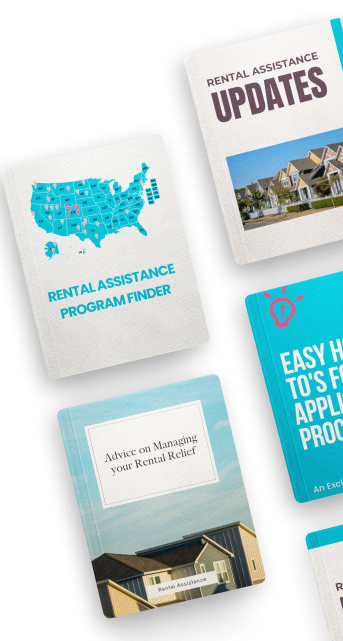
More Property Tax Relief Are Coming for Select U.S. Citizens
These new measures will now head to Governor Greg Abbott for his approval and then to Texas voters in November for the final say.
The plan includes increased exemptions for homeowners and greater tax relief for business owners.
Why This Matters
Rising property values in Texas have led to increased property taxes, placing additional strain on homeowners. These taxes are an important source of funding for schools and local governments, but many people have felt overwhelmed by the added costs.
The new plan is designed to ease this pressure. It comes at a time when other Republican-led states are having similar conversations about cutting property taxes, raising questions about how public services will continue to be funded.
What’s in the New Texas Property Tax Bill?
Two bills have been proposed to provide relief:
- Senate Bill 4: This bill would raise the homestead exemption—the part of a home’s value that isn’t taxed for local school funding—from $100,000 to $140,000 for most homeowners. Seniors and people with disabilities would get a higher exemption of $200,000 under Senate Bill 23. For homes valued at or below these amounts, owners wouldn’t pay any school property taxes.
- Business Tax Relief: Businesses would also benefit, with the taxable value for inventory and equipment being raised from $2,500 to $125,000. This change significantly reduces how much businesses owe in taxes.
Both bills still need approval from voters in November to go into effect.
State Budget and Financial Questions
Texas plans to spend about $51 billion over the next two years to pay for these tax cuts, which is about 25 percent of the state’s budget.
The money will mainly be used to reimburse school districts for lost tax revenue. However, some cities and counties might need to adjust their budgets or tax rates to make up for the lost funding.
Some lawmakers are concerned about whether Texas can afford this long-term spending, especially if there’s an economic downturn in the future.
Renters Left Out
One group that isn’t getting direct help from these plans is renters. Around 12 million Texans rent their homes, and many of them spend more than 30 percent of their income on rent and utilities.
None of the proposed changes provide relief for these residents.
Check out: Understanding Rental Assistance: A Comprehensive Guide
Texas and National Trends
Texas isn’t the only state looking at big changes to property taxes. States like Florida, Illinois, Kansas, and Pennsylvania are also considering reducing or even eliminating property taxes entirely.
These proposals are driven by rising home values, which have financially impacted many people, especially older homeowners.
However, experts warn that cutting property taxes too much could make it harder to fund essential services like education and healthcare.
What’s Next?
Governor Abbott is expected to sign the bills soon, but it will ultimately be up to Texas voters in November to decide whether the new exemptions will go into effect.
If voters approve, the changes will be applied next year.
-
Find programs that help with rent by signing up here












